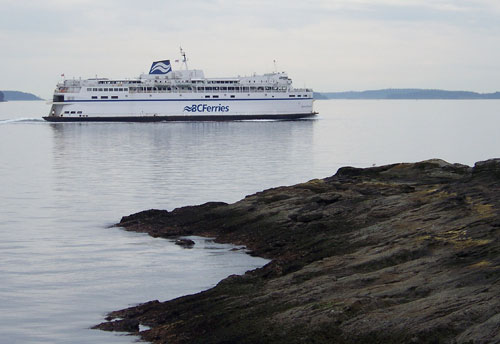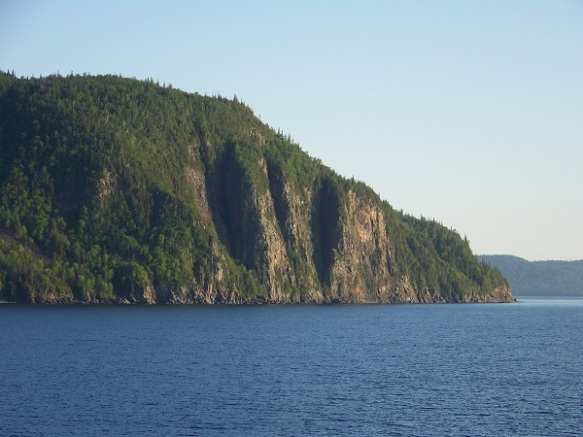 The motto for British Columbia is “splendour sine occasu” which means splendour without diminishment, and it is a splendid province. It is a land of towering snow-capped mountains, rushing, foaming rivers and trees so tall you can barely see the tops. It is also home to the only real desert in Canada, huge cattle ranches, and a warm sheltered spot where fruit trees grow. Because of this large variety in climate and landscape, British Columbia has the greatest variety of animal and plant life in Canada.
The motto for British Columbia is “splendour sine occasu” which means splendour without diminishment, and it is a splendid province. It is a land of towering snow-capped mountains, rushing, foaming rivers and trees so tall you can barely see the tops. It is also home to the only real desert in Canada, huge cattle ranches, and a warm sheltered spot where fruit trees grow. Because of this large variety in climate and landscape, British Columbia has the greatest variety of animal and plant life in Canada.
On the far western side of Canada, where the waters of the Pacific Ocean roll in and out every day, there are about 6500 islands and islets scattered down the coastline. These are the tops of mountains sticking out of the sea. They are mostly rocky wilderness and because the ocean keeps the temperatures fairly mild and wet, some of the tallest trees grow here in what is called the Coast Rainforest. One tree – a Sitka Spruce – in the Carmanah Valley on Vancouver Island is 95 metres tall!
Vancouver Island is the biggest of these islands and on its southern tip is the city of Victoria which is the capital of British Columbia. The mild weather here caused by the ocean means that quite often there are flowers blooming in the middle of winter. Spring usually begins much earlier here than in other places in the province.
To get to the mainland, one would have to take a ferry ride or an airplane. The ferries that travel between Vancouver Island and the mainland are quite large. Some of them are the world’s largest double-end ferries. They are 167 metres long and can carry 1650 passengers and 470 vehicles each. The ferry trip would end up on the mainland near the large city of Vancouver – home to half of the population of B.C.
This is where the Fraser River empties into the ocean and the land is flat and rich and contains almost half of B.C.’s farms. It is nestled between the ocean and the Coast Mountains. Since it is up against the mountains, the clouds coming off the ocean must rise to get over them, and as the moist air rises, it cools and the water condenses and falls as rain or snow. Therefore Vancouver gets a lot of precipitation and over the mountains on the other side lies the interior plateau which gets very little.
The interior plateau is a high piece of rugged, rolling hills, sandwiched between the Coastal Mountains and the mountains further inland. The southern part of this interior plateau is the Okanagan Valley. Its soil is rich and its climate is sunny, warm and dry. Seven lakes spill down it’s centre, the biggest being Okanagan Lake, flowing into the Columbia River. Since it is does not get a lot of rain, people have had to figure out ways to get water to their fruit trees, vineyards and vegetables. At the southern tip of this valley, on the eastern shore of Osoyoos Lake is a little “pocket” desert where prickly pear cactus and sagebrush grow. It is called a pocket desert because it is surrounded by land that is not desert. It is home to many birds of prey including the endangered burrowing owl and other species of animals that are found virtually nowhere else in Canada.
To the north of the interior plateau is good grassland which provides the substance of many cattle ranches. The northeast of the province is The Peace River Valley. It is one of B.C.’s major agricultural areas centred on grain farming. North of this is mainly mountainous wilderness.
PROJECT: Find the following places on a map: Gulf Islands, Vancouver Island, Victoria, Queen Charlotte Islands, Vancouver, Okanagan Valley, Peace River Valley



